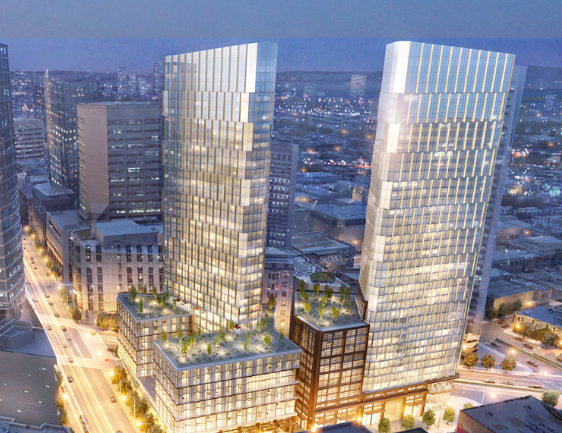
The San Francisco Planning Commission heard some stunning information about the affordable housing crisis today – and the gallery was largely empty.
“I am surprised that there aren’t more people here to speak,” Sue Hestor, a longtime land-use lawyer, noted.

Among the data presented by planner Miriam Chion:
— The Gross Domestic Product of the Bay Area grew 42 percent from 2012 to 2017 – and wages grew at less than half that rate. In fact, in the progressive Bay Area where we despise the policies of Trump and the Republicans, the vast majority of the increased wages and wealth has accrued – as it has nationally – to the top 10 percent.
In other words: Our economy is as unequal and unbalanced as it is anywhere in the nation – and for the most part, anywhere in the world.
— The tech boom has resulted in fewer jobs for African Americans – at the same time that construction companies say they can’t find enough workers. “There has been a drop in the number of Black San Franciscans employed, when we don’t have enough construction workers, and these should not be compatible,” Commission President Myrna Melgar said. “We need to look at our workforce development in a different way.”
— There are more than 50,000 units of housing that have been approved in San Francisco and another 20,000 under review; fewer than 10,000 are under construction. The city, Commissioner Dennis Richards said, has the zoned capacity for 141,000 units. Richards challenged the idea that “we aren’t doing enough and we need more zoned capacity [as state Sen. Scott Wiener wants to do with SB 50].”
Many of the large projects that the Yimbys support and that have won approval aren’t getting built anyway. “I come from a finance background, and capital goes to the highest return,” Richards said. “Maybe housing isn’t the highest return right now.”
Help us save local journalism!
Every tax-deductible donation helps us grow to cover the issues that mean the most to our community. Become a 48 Hills Hero and support the only daily progressive news source in the Bay Area.
In fact, Planning Director John Rahaim confirmed that problem: “Very large projects require a range of investors, many international, who require a high rate of return.”
That’s hard to get in a city where land has become so expensive.
“If it costs $600,000 to build a unit, how can anyone making $50,000 a year afford that?” Richards asked. “The idea that we can build our way out of this – I challenge that.”
Meanwhile, Melgar noted, “when we entitle a project, we vastly increase its value on the market,” driving up the cost of land (and thus of any future housing). “Just by what we are doing here, we are fueling this increase in price.”
So we heard a little bit of sanity: The concept that upzoning and approving more housing and limiting public review and appeals … that’s not going to work. There are tens of thousands of units that already went through that process, and they still aren’t getting built – because in 2019, the housing market is controlled by international capital, not by SF planners.
In fact, some commissioners suggested, approving big market-rate projects that drive up land costs for everyone else is making the situation worse.
That sanity lasted for a few minutes. Then the commission heard a presentation on 10 South Van Ness, a project that would replace an old car dealership with a 590-foot tower containing 984 housing units.
The pictures were pretty. The new building would have open-air gardens every dozen or so floors, circling the tower. Public open space and retail would be a vast improvement over the old and empty Boas Motors. The project would get a LEED Gold certificate and be “zero net energy.” Commissioner Joel Koppel talked about how the project would “fit well into the Hub,” which is what we are now calling the highrise cluster at Van Ness and Market.
Only Hestor raised any real issues:
“I want to make a connection,” she said, “between the last item and this item.” She talked about the fact that San Mateo and Santa Clara counties were outsourcing their housing problems to San Francisco, that the transit-heavy corridor at Market and Van Ness was also clogged with Google Buses “dumping their housing problems on us.”
But nobody on the commission asked any questions that would have flowed naturally from the earlier discussion:
What reason do we have to believe that if we approve this project, it will actually get built?
If it is built, why do we think that another market-rate housing project that drives up land values in Soma will make the crisis any better?
To quote Melgar, “just by what we are doing here” is the Planning Department making the affordable housing situation worse?
The commissioners got the big picture. The policy decisions that drove that big picture — and it’s a truly ugly one — were made one at a time, project by project.
What do they say about insanity? Doing the same thing over and over and thinking you will get a different result?

